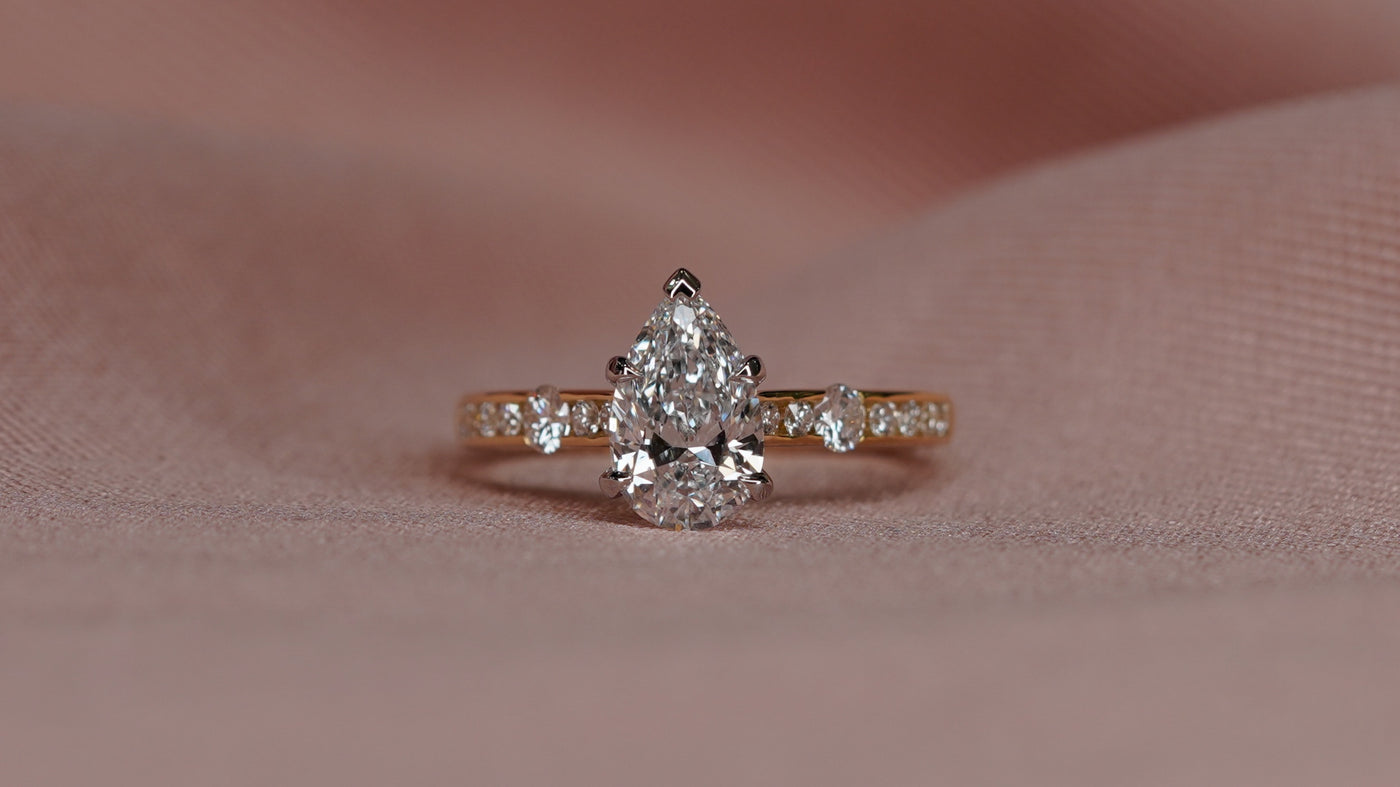A Destiny of Jewels: How Synthetic Stones is Created
Lately, the jewelry industry has experienced a notable transformation with the rise of lab grown diamonds. These gorgeous gems are gaining popularity among consumers for their beauty, environmental friendliness, and ethical sourcing. Unlike traditional diamonds that are harvested from the earth, lab grown diamonds are created using cutting-edge technology that simulates the natural processes that occur deep within the earth. This pioneering approach not only allows for the production of high-quality diamonds but also tackles some of the environmental and ethical concerns associated with diamond mining.
Learning about how lab grown diamonds are made sheds light on their impressive qualities. They can be manufactured in a regulated environment, resulting in gems that are nearly identical to their natural counterparts – from their physical and chemical properties to their brilliant brilliance. In this exploration of the future of gems, we will dive into the complex processes behind lab grown diamonds, including the technologies used and the benefits they offer to consumers who desire beauty without compromise. Whether rare carat review are considering a purchase or simply interested about this modern marvel, this journey will provide insights into the fascinating world of lab grown diamonds and their implications for the future of jewelry.
The Study Of Lab Grown Diamonds
Laboratory created gemstones are produced with cutting-edge technique methods that replicate natural environment under they develop within our earth. There are two key techniques that are utilized for this purpose: High Pressure High Temperature and CVD. HPHT imitates intense heat and pressure found deep within the earth, by utilizing one source of carbon that is exposed to extreme conditions until it crystallizes into diamond. On the other hand, CVD involves gases to deposit to deposit carbon on a base, permitting the atoms to themselves into the crystalline structure that characterizes diamond as time passes time.
Both methods produce gems that are both chemically and physically identical their natural natural versions, which makes them hard to tell apart without advanced testing. The process starts with the selection of a carbon source, which could be graphite in the case of HPHT or it could be a methane mixture in the CVD method. While the gems grow, they can be monitored and controlled, ensuring the production of high-quality gems with less impurities. This level of oversight represents one of the benefits of lab grown diamonds, as it allows for an increase in purity which ultimately ultimately leads to mined diamonds that exceed the quality of earth-mined gems.

Alongside these identical properties, lab grown diamonds provide an ethical and sustainable option to the traditional mining of diamonds. The mining industry may have significant environmental consequences and potentially raising ethical concerns regarding labor practices, whereas synthetic gems eliminate such issues as they are produced in controlled environments. As the awareness of consumers and preferences shifting to sustainability, synthetic diamonds are becoming an increasingly popular choice for the making of engagement rings and other forms of jewelry, which makes them a key player in the future of gemstone market.
Benefits of Choosing Synthetic Over Mined
Opting for lab grown diamonds offers several benefits, particularly in terms of environmental impact. Mined diamonds often result in considerable ecological disruption due to extensive extraction processes. In contrast, lab grown diamonds are manufactured in managed environments, which reduces habitat destruction and the ecological footprint associated with mining. This makes them a preferred and conscientious option for consumers who are more concerned about sustainability matters.
Another persuasive reason to select lab grown diamonds is their price advantage. Due to the innovative technology used in their production, lab grown diamonds typically are priced at 20% to 40% less than their mined counterparts. This allows consumers to purchase bigger or higher-quality stones within the same budget. For those looking to get the most for their money, lab grown diamonds present an appealing option without sacrificing quality or aesthetic.
Additionally, lab grown diamonds provide greater transparency and ethical assurances. The rise of blood diamonds has made many consumers suspicious of the diamond industry, but lab grown diamonds eradicate concerns about unethical sourcing. Buyers can be confident that their stones are not associated with conflict and created in an ethical manner. This transparency extends to the whole production process, allowing consumers to make informed choices and support ethical practices.
Future Developments in the Gem Industry
As consumer tastes shift, the desire for sustainable & green goods is likely to influence the future of the gem sector. Cultured diamonds, that present an sustainable alternative to extracted materials, have been becoming in demand. With knowledge of environmental & cultural concerns surrounding traditional diamond mining grows, an increasing number of buyers have been in search of cultured alternatives that maintain the comparable beauty & quality without the negative impacts on the environment.
Industrial improvements are set to additionally revolutionize the synthetic diamond manufacturing process. Developments in methods like chemical vapor deposition as well as high-pressure high-temperature synthesis not only do they improve the grade and value of stones and additionally boost their attractiveness to a wider market. With these advances progress, we will look for lab grown diamonds to emerge as more accessible, thereby making them a favored option for buyers looking for a mix of affordability and quality.
Moreover, while the industry responds to these developments, marketing strategies will shift to highlight the distinct features of cultured diamonds. “Exclusive carat analysis” is likely to emerge as a trend in advertising these diamonds, underlining their excellence, transparency, & sustainable roots. As synthetic diamonds transition to mainstream, the jewel industry will see a shift in marketing & narratives, focusing on genuineness & eco-consciousness.